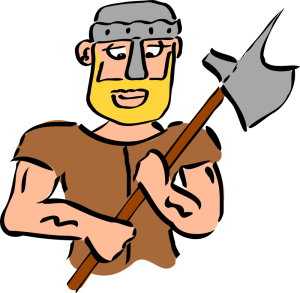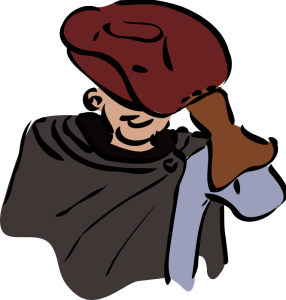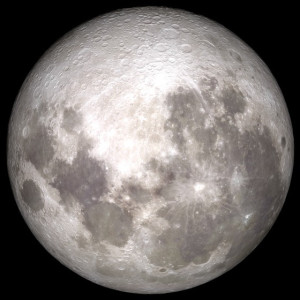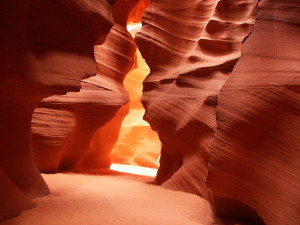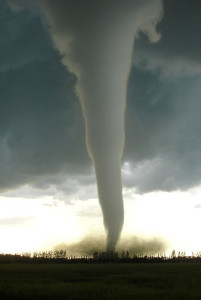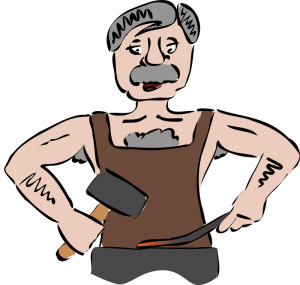 Last time we came up with some resources to create NPCs quickly on the fly. We generated a list of names, found a list of traits, and located a list of motivations. Why don’t we use those resources to generate some NPCs?
Last time we came up with some resources to create NPCs quickly on the fly. We generated a list of names, found a list of traits, and located a list of motivations. Why don’t we use those resources to generate some NPCs?
Like with everything else, context is important. So knowing where these characters are going to appear is the first part of the puzzle. But usually I won’t know which path the characters might take, so I may create a few NPCs ahead of time and leave some random elements to do them on the fly if necessary.
For instance, if my PCs are exploring an urban setting and go visit a general store, they may want to chat with the shopkeeper.
First I’ll roll a d12 (or use Random.org) to select a name from the list I created earlier. I rolled a 7, which is… Blizzard. Not one of my favorites on the list, but we’ll go with it to see where it leads.
Next, I’ll try and use the Fiction Writer’s Mentor list of traits and Random.org (works just as well as randomly picking something by hand or via dice) to come up with a random number between 1 and 447. I get 360, which is… Sensitive.
And lastly I’ll roll another d24 on the list of motivations from Alric, which is… Honesty.
Somehow from that combination of properties I see Blizzard as a younger, sensitive girl working on the shop and being brutally honest with customers. And voila, I have a NPC I can work with.
Let’s try another one. Maybe our PCs are on the road and run across a traveling caravan going the other direction. They decide to ask if they hit any trouble on the road ahead. So I’ll need a caravan guard to materialize…
- Name: (roll a 6) Tai’sul
- Trait: (roll a 331) Religious
- Motivation: (roll a 21) Service
I can definitely work with that. Our man Tai’sul is a religious man in the service of his faith escorting a high-ranking church member from one location to another. Perhaps the high-ranking priest is on a tour of temples and churches in the area making sure they’re being held to the standards of their faith. But a personality for our churchly guard is easy to come up with and helped me come up with a reason for the caravan as well.
Let’s do one more for good measure… Perhaps our PCs want to talk to the religious figure being escorted by our friend Tai’sul.
- Name: (roll a 3) Gwilherm
- Trait: (roll a 419) Unconcerned
- Motivation: (roll a 1) Achievement (doesn’t really work, so I roll again) (roll a 20) Religion/Faith
When Tai’sul goes to speak with his master in the wagon, he comes back quickly asking if any of the PCs are among the faithful of their gods. If so, Father Gwilherm will speak with the PCs and express that it was his guards’ duty to protect him from any incidents that may have occurred on the road. If they should die, their spirits will be well taken care of by their creators. Why should he care for any trouble? What is ordained is ordained… And if there are no faithful among the PCs, he declines to speak with them at all and urges his retinue to continue on their journey.
Again, the name, trait, and motivation came together not only to help define the NPC but guide the parameters of the encounter.
Brian “Fitz” Fitzpatrick is a Software Engineer who manages (or is that mangles) Game Knight Reviews and tinkers with writing game materials via his Moebius Adventures imprint. When he’s not writing about gaming, he’s actually gaming or at least thinking about gaming in some capacity. During the non-writing, non-gaming time he’s likely trying to keep up with his wife and two daughters or wrangling code for a living!

